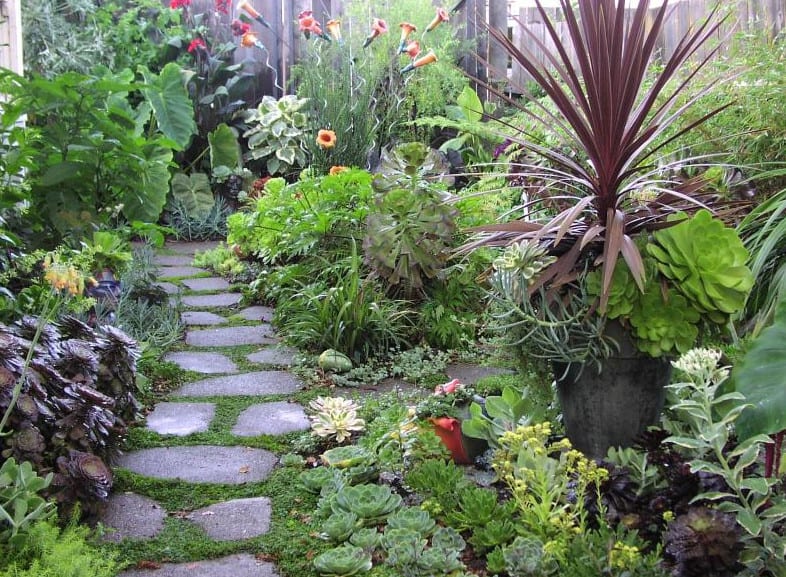If you have a property in an environmentally-sensitive area, then you may face several complications in getting a landscape project approved. Things can be more complicated if you live in an area that abuts a watershed resource.
You should realize that there are a lot of rules and regulations in place that aim to protect community natural resources as well as the environment.
It is also a fact that local conservation by-laws can sometimes be stricter than the conservation guidelines shared by the state. So, what can be done to get a landscape project designed and get an approval for the same in a hassle free way? Here are a few answers!

You should begin the process by ensuring that you don’t have any attitude like it’s your property and you can do whatever you want. Because the harsh truth is that you are not free to do whatever you want. Laws are equal for all whether it’s a property owner or not so if you break those laws, you will need to pay a penalty.
It is also essential that you realize that the regulations laid out by state and local conservation commission are put in place so that the natural resources can be protected and people living in the state or a locality can benefit from these resources.
It is also an undeniable fact that everything in nature is connected and what you do on your property will affect everyone else, not just you or your family. Hence, your relationship with the conservation commission or a conservation agent should be a partnership that benefits all. It should never be you vs. them conflict.
So, if you want to learn how to optimize your landscape design along with getting the outdoor space you desire while complying with all the environmental requirements then you need to figure out the simple exchange rule, what you need to give to get what you want.
We have mentioned three useful tips that might help you to design the landscape of your dreams while ensuring compliance with environment by-laws.
-
Use Positivity
The first step is to assess your needs. What do you really need, more recreational space, more sunlight, more level space, etc. You should also remember that landscape projects often involve leveling the high spots, taking down some trees and filling in low spots.
These are three biggest things that may lead to trouble with the local conservation commission. Hence, if your project involves any of these three, you should address them in a positive manner while submitting your application.
-
Go for Ecologically-Friendly Lawns
Most of the conservations commissions frown upon lawns as they are seen as a negative. A regular residential lawn needs a lot of fertilizer and water which then runs off to pollute water sources in the vicinity. To counter such negative aspects, you should go for ecologically-friendly lawns that utilize fescue grass blend as it uses less water and fertilizer. Fescue is also known for growing slower and requiring less mowing.
It means that you will use the lawnmower less and it will lead to less use of gasoline and more air pollution. You should also consider mixing in a bit of Dutch white clover with the fescue as it reduced the need for fertilizer by fixing nitrogen into the soil.
-
Create a buffer between the water resource and your landscape project
You can also choose to set aside some land that can act as a buffer between the water resource and your landscape project. It will filter any run-off. In case you are removing trees for your developed space, you should add trees to the buffer zone.
It might also be a good idea to clean out invasive plants and replace them with pollinating plants so that you can support honey bees and other such pollinators which enable vital agricultural plants like fruit trees to thrive and survive.
